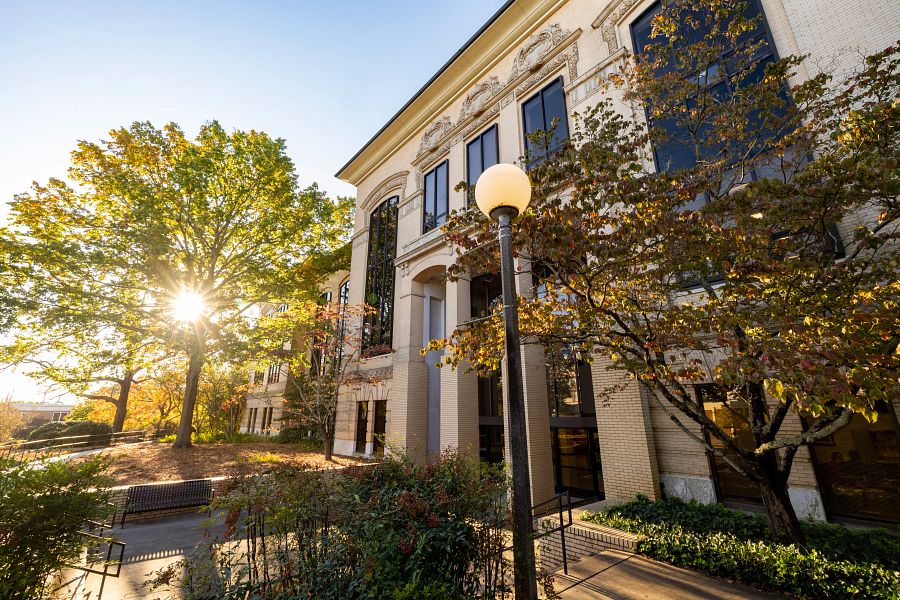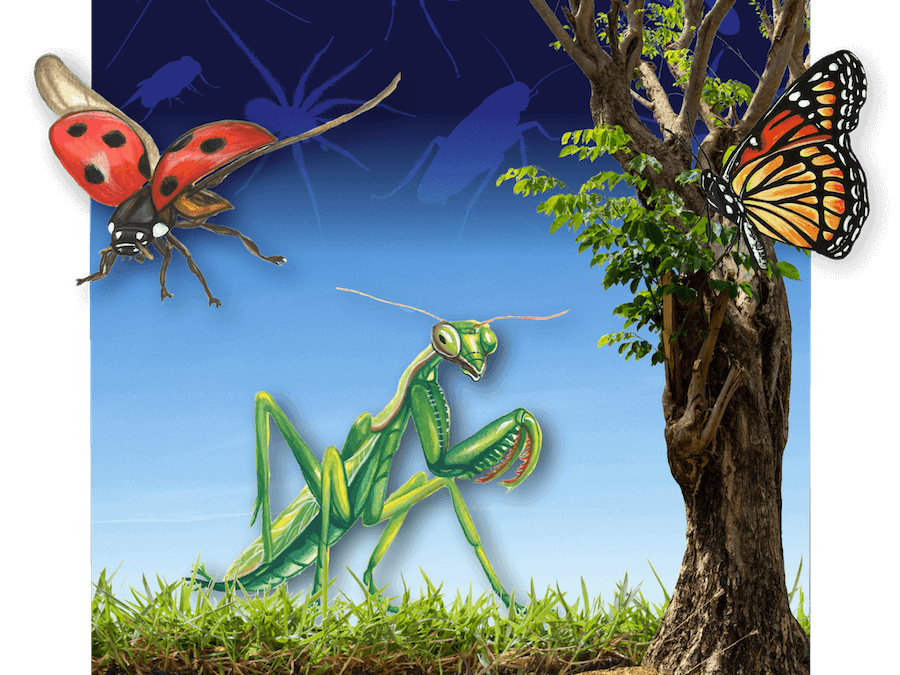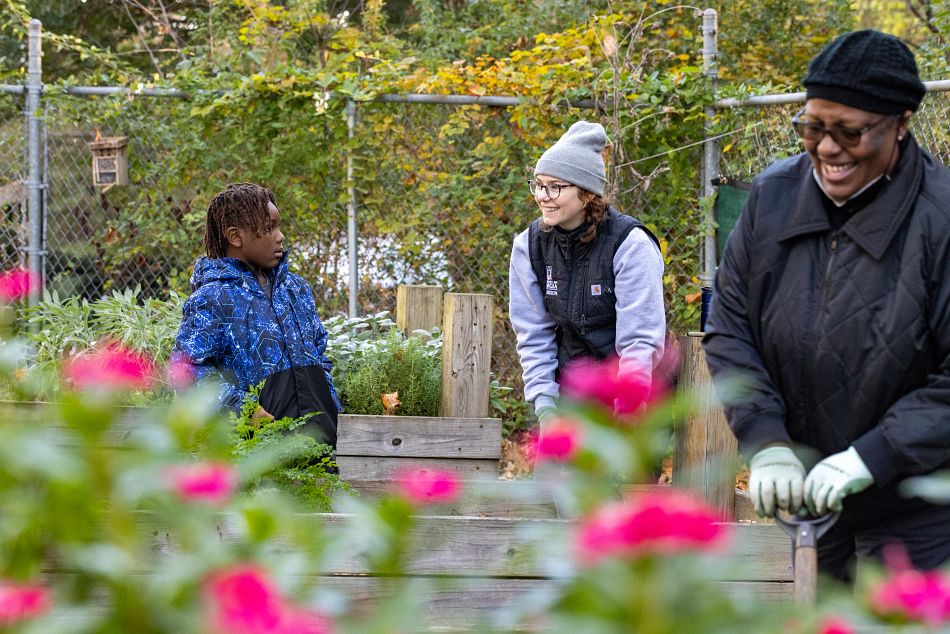By Darbie Granberry
University of
Georgia
So why don't all gardeners apply compost every 12 to 18 months? Most likely, because it's required in large amounts (20 to 30 pounds per 100 square feet), is often sold only in bulk (getting it home can be a challenge) and isn't available everywhere.
But don't be discouraged. It's still a good idea. And there's a simple solution: Make your own.
Many gardeners know compost is good for their gardens but lack a clear understanding of what it really is. One of the first steps in mastering the composting process is knowing what is and what isn't compost.
Simply put, compost is what's left of organic matter after it has been thoroughly decomposed by microbes. The fundamentals of composting can be gleaned from this short definition.
1. Organic Matter.
It's no surprise that composting begins with organic matter. Plants and other vegetative materials are excellent sources of organic matter.Readily available, compostable organic matter includes leaves, grass clippings, twigs, chopped brush, straw, sawdust, vegetable plants, culled vegetables from the garden and fruit and vegetable peelings and coffee grounds from the kitchen.
Table scraps aren't generally recommended but may be used if you take sufficient precautions to exclude rodents and other animals from the compost pile.
2. Microbes.
The guys that actually do the composting are tiny organisms (bacteria and fungi) that can't be seen with the naked eye.Although a number of companies sell "composting microbes," there are, fortunately, plenty of them around already. You usually don't need to buy them.
Simply mix a few scoops of garden soil (or compost from a previous batch) into the compost pile. This will provide all the microbes you need to start the composting process.
Like all other living things, microbes require water and nutrients to grow and multiply. The organic matter supplies some of the water. You can mix more into the pile as needed.
All of the nutrients the microbes need can be provided by the appropriate combination of organic materials. However, if the nitrogen content of the organic matter is low, add a little inorganic nitrogen fertilizer.
Some gardeners add animal manure as an organic nitrogen source. Keep in mind, though, that animal manures may contain pathogenic microbes that cause human illness.
If you use manure in making compost for your garden, be sure all of the compost gets hot enough (130 to 150 degrees Fahrenheit) for several weeks to kill any pathogens associated with the manure.
The best composting microbes also require oxygen. Fortunately, there's plenty in the air. However, as microbes decompose organic matter, they deplete the oxygen in the pile. So, you have to turn the pile routinely to provide aeration -- more oxygen.
3. Decompose.
The breakdown of organic matter is the "engine" that drives the composting process.Organic matter is food for microbes. But they can't take a bite, chew, swallow and then digest it, as we do. Microbes release powerful chemicals called enzymes that digest, or decompose, the organic matter.
After the organic matter is broken down into small molecules, microbes absorb these molecules and use them for energy and reproduction.
This process generates heat which, if sustained over several weeks, will kill weed seeds, nematodes and other organisms that can cause disease. This makes composted organic matter much more desirable than noncomposted materials.
In a nutshell, those are the fundamentals of composting. It's a simple process. Try it at home. If you'd like more detailed information, contact your county office of the University of Georgia Extension Service.






